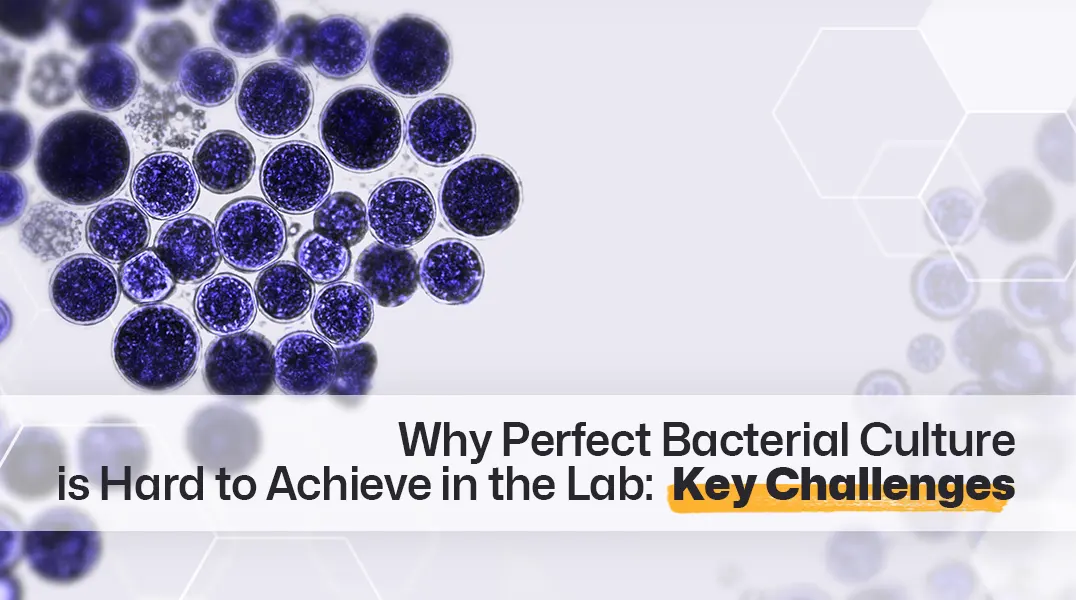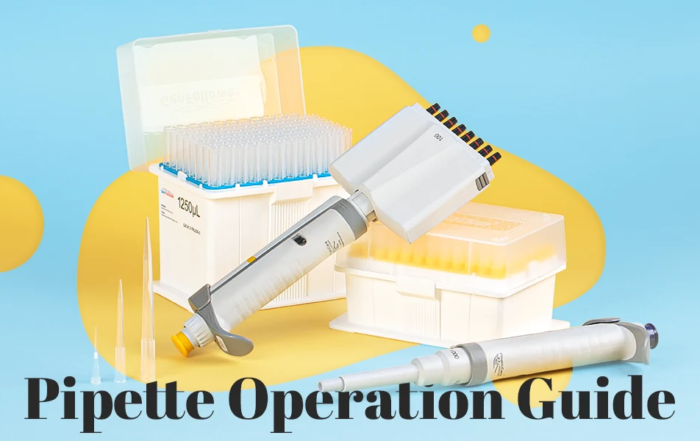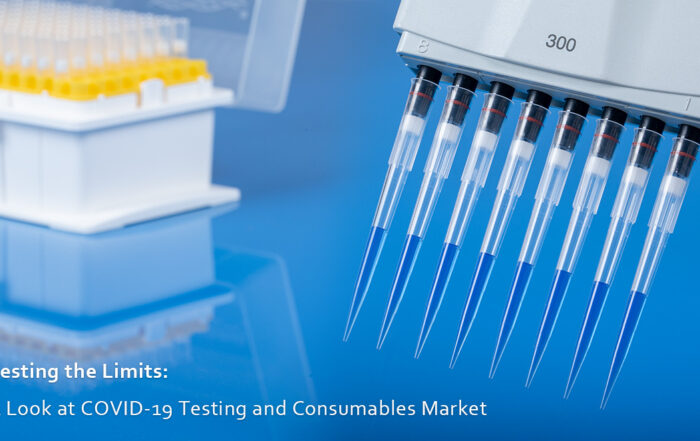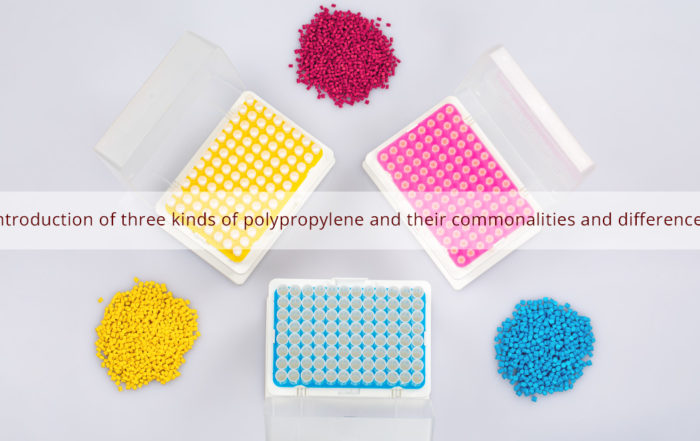Table of Content
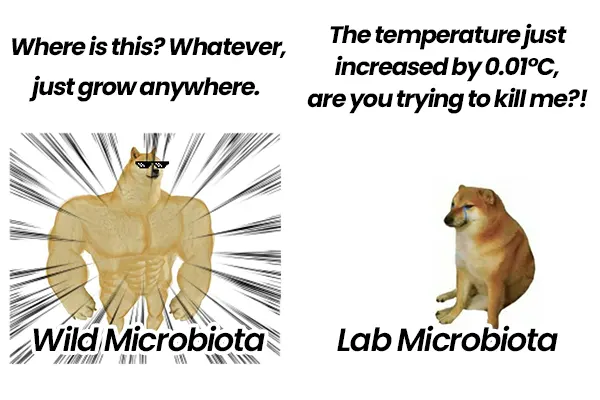
The Complexity of Natural Microbial Communities
Microbial Diversity
Microbial Diversity
Microbial Interactions
Microbial Interactions
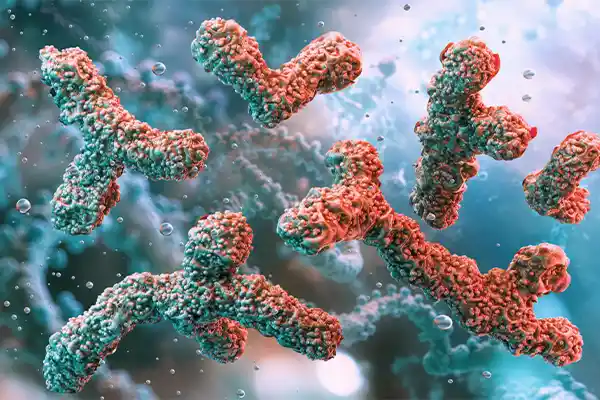
Challenges in Laboratory Replication
Challenges in Laboratory Replication
Limitations of Growth Media
Nutrient Composition
Nutrient Composition
Static Conditions vs. Dynamic Nutrients
Static Conditions vs. Dynamic Nutrients
Environmental Control Challenges
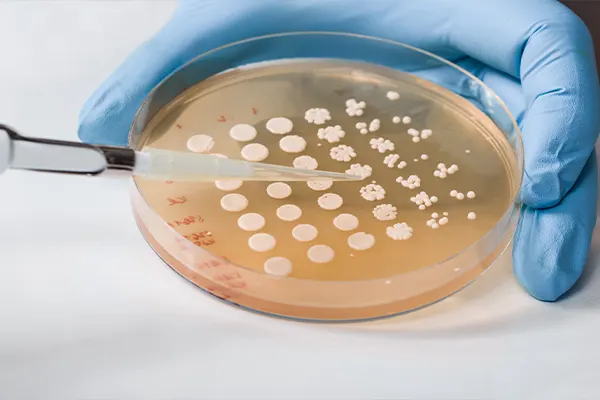
Oxygen Gradients
Temperature and pH Dynamics
In conclusion, while laboratory control of environmental factors such as oxygen, temperature, and pH is essential for studying bacteria, these static parameters fall short of replicating the dynamic and heterogeneous conditions of natural ecosystems. The inability to mimic such variations limits the cultivation and understanding of many bacterial species, particularly those adapted to fluctuating environments. Recognizing these limitations is a critical step toward developing more sophisticated cultivation techniques that better capture the complexity of natural microbial habitats.
Emerging Technologies and Solutions
Co-Culture Systems
Co-Culture Systems
Microfluidic Technology
Microfluidic Technology
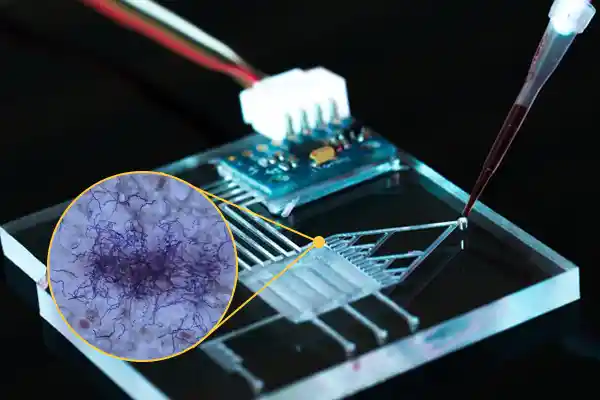
Metagenomics and Synthetic Communities
Metagenomics and Synthetic Communities
Conclusion
Growing perfect bacterial flora in the lab is challenging due to the immense complexity of natural microbial communities, limitations in traditional growth media, and the difficulty of replicating dynamic environmental conditions. However, emerging technologies like co-culture systems, microfluidics, and metagenomics offer promising solutions to overcome these barriers.
By improving our ability to cultivate diverse bacterial species and simulate natural ecosystems, researchers can unlock valuable insights into microbial ecology, human health, and environmental science. The pursuit of perfect bacterial flora may remain difficult, but ongoing innovations are bringing us closer to this goal.
Recent Posts
Beginner’s Guide: How to Use a Pipette Correctly
Beginner's Guide: How to Use a Pipette Correctly Whether you're preparing reagents or conducting various experiments, pipettes are indispensable in the lab. However, many beginners often feel confused when using them, sometimes [...]
Testing the Limits: A Look at COVID-19 Testing and Consumables Market
The COVID-19 pandemic has drastically impacted every aspect of our lives, from the way we socialize and work to how we travel and shop. At the center of the health crisis is the [...]
Introduction of three kinds of polypropylene and their commonalities and differences
Polypropylene (PP) can be divided into three types, Homo-polymer polypropylene (PP-H), Block-Copolymer polypropylene (PP-B), and Random-Copolymer polypropylene (PP-R). Below are the advantages and disadvantages as well as some uses for these kinds of PP. 1. Introduction of three [...]
